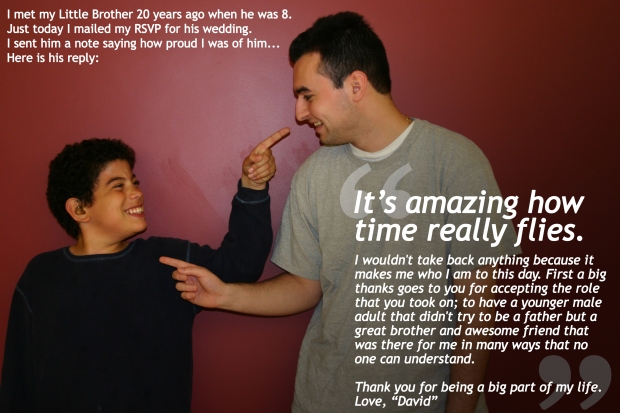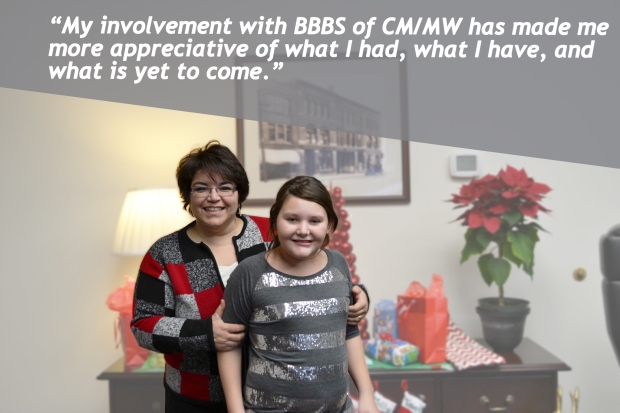Today I chose an article with many parallels to prior ones—this one is also by Philip Kotler and the Journal of Marketing but actually predates his other one (“Strategies for Introducing Marketing into Nonprofit Organizations”, 1979) being published in 1972. I’m actually very glad I chose these two articles, because the transition between the thinking and modes of defining “marketing” is clear just in the years these two articles span.
As Kotler reiterated in his 1979 article, he originally stated in “A Generic Concept of Marketing” that “in 1969, this author and Professor Levy advanced the view that marketing is a relevant discipline for all organizations insofar as all organizations can be said to have customers and products.” While in the other article, this thinking was already beginning to be accepted an acted upon by entities such as nonprofits, here, this thinking was novel and still very criticized.
Kotler organizes his article by outlining three “consciousnesses” or, ways of thinking, about marketing. The first was a very traditional idea of marketing, that marketing “is concerned with sellers, buyers, and ‘econonmic’ products and services. […] The objective is an exchange of goods for money or other resources.” The second “consciousness” is what Kotler and Levy proposed, that “marketers do not see payment as a necessary condition to define the domain of marketing phenomena. Marketing analysis and planning are relevant in all organizations producing products and services for an intended consuming group, whether or not payment is required.”
My first thought was that my work at BBBSCM would fall into this category, because we are not exactly “selling” anything, no tangible products, and even the mentoring “service” we offer does not cost money (to our volunteers). Kotler says that “consciousness two replaces the core concept of market transactions with the broader concept of organization-client transactions. Marketing is no longer restricted only to transactions […] of economic resources, [but] is relevant where one can identify an organization, a client group, and products broadly defined.” By this standard, we can certainly label products and client groups of BBBSCM. We have three major products: site-based mentoring programs, community-based mentoring programs, and corporate-based mentoring programs. But also offer other “products”, like the Rodman Ride for Kids that we are always apart of. In this sense, BBBSCM has at least three or four “products” by Kotler’s thinking. As for client groups, BBBSCM has many: mentors, mentor alums, mentees, mentee alums, community mentors versus corporate mentors, corporate mentors versus site mentors (college students), and let’s not forget about donors and sponors. These are a good portion of BBBSCM’s client groups. By “broadly defining” these terms, it is clear that BBBSCM is a good candidate for marketing efforts based on Kotler’s newfound consciousness that marketing extends beyond just economic transactions between buyers and sellers.
Kotler expands upon this notion with “consciousness three”, wherein “An organization may engage in marketing activity not only with its customers but also with all other publics in its environment, [i.e.] […] the organization’s supporters, suppliers, employees, government, the general public, and other key publics.” And here is where my second thought came in about BBBSCM—perhaps all of our “client groups”, many of which do not directly affect our “products” or programming, like donors and sponsors, makes BBBSCM more of an example of this third consciousness about marketing. According to Kotler’s thinking, BBBSCM must routinely communicate with many key publics, as I listed before, that are not solely associated with our “products”. With this in mind, BBBSCM is a good example of this further broadened notion of marketing.
Lastly, Kotler asks: “What then is the disciplinary focus of marketing? The core concept of marketing is the transaction. A transaction is the exchange of values between two parties. The things-of-value need not be limited to goods, services, and money; they include other resources such as time, energy, and feelings. Transactions occur not only between buyers and sellers, and organizations and clients, but also between any two parties.” In fact, Kotler seems to be examining not only the ever-changing definition of marketing, but also the definition of the “transaction,” because at this point, it cannot solely be an economic definition. If it were, BBBSCM’s marketing efforts would not be considered marketing at all.
In the end, I don’t think Kotler provided a “generic concept of marketing”, rather, an influential piece on the new form of marketing, that proved to have even greater impact just a few years later when he wrote his article on how nonprofits use marketing.

